6. Cemetery of Splendour (Apichatong Weerasethakul, 2015)
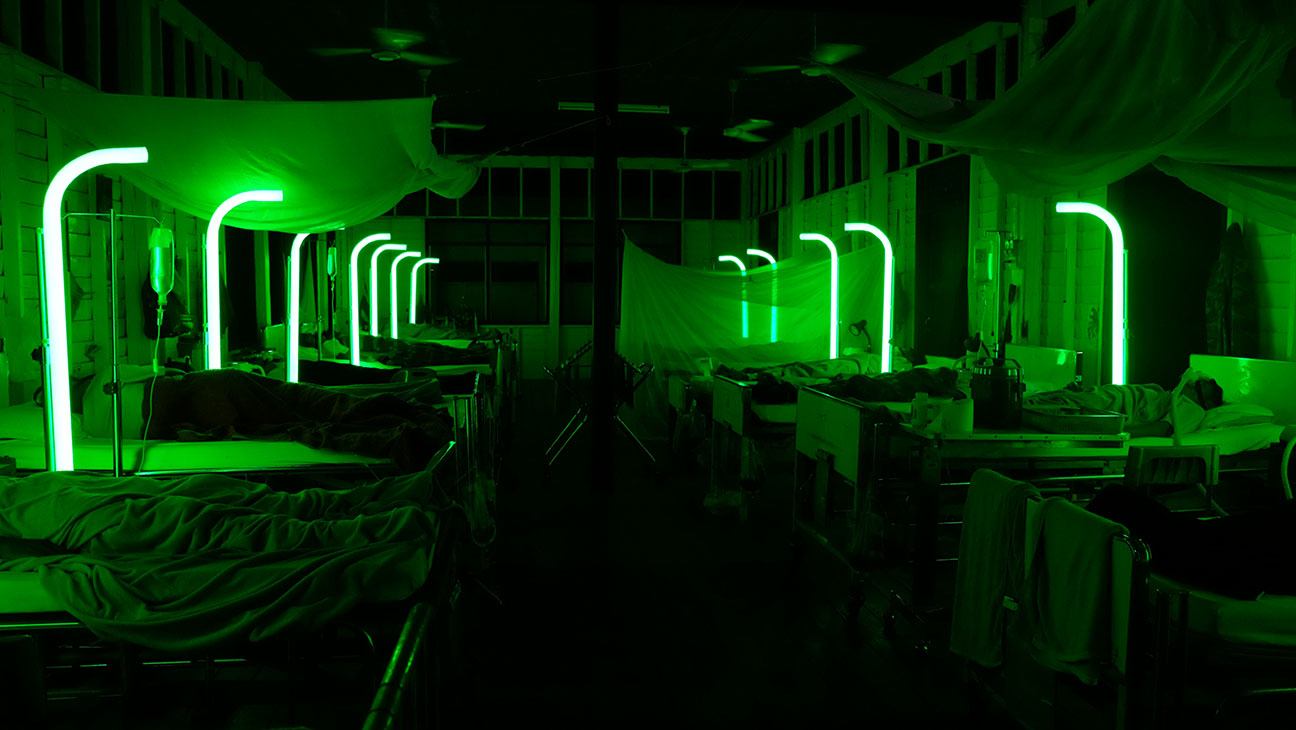
Apichatpong Weerasethakul (or Joe, as he is sometimes called – no joke!) has made a name for himself as another pioneer of the slow cinema movement thanks to his brilliant output over the last twenty years. Whilst all of his films are remarkable in one way or another, Cemetery of Splendour is a personal favourite that stands out slightly above the rest, as it beautifully mixes a range of ideas revolving around life, death, rebirth and spirits living on in the afterlife.
The cinematography is absolutely astounding, and the gentle focus that is seen throughout the entire film is something so rarely found in films that makes Cemetery of Splendour truly unique. It’s a beautiful film, one that certainly deserves to be seen by more and one that may help someone interested in slow cinema find their way in, seeing as it focuses on presenting beauty through the slow approach whilst many other slow cinema films use it to try to make a viewer emotional or tense.
7. Mirror (Andrei Tarkovsky, 1975)
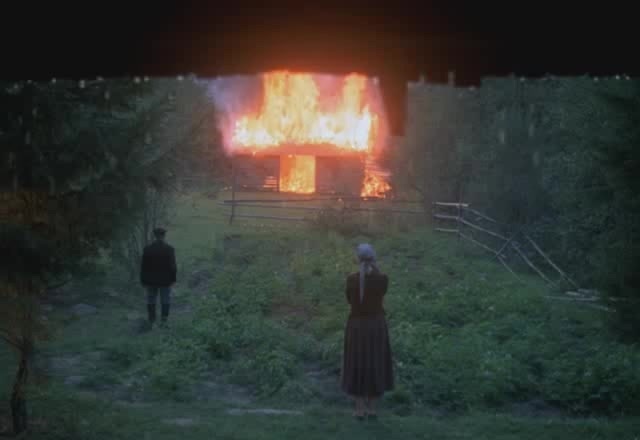
Tarkovsky was bound to show up on here somewhere, given his bigger than life reputation as one of the greatest directors of all time and one of the earliest directors to toy with pacing outside of short films.
Mirror feels like as good an entry point to his work as any, although Ivan’s Childhood also isn’t a bad place to start. Mirror is one of Tarkovsky’s most beautiful, slow and contemplative films that switches out the majority of the semblances of story to fully hone in his focus on the images and their power by themselves, crafting a truly poetic film that is very rarely rivalled, only by other directors like Terrence Malick or Terence Davies (Davies’ Distant Voices, Still Lives is much like Mirror, but with a more defined storyline), and it is surely a great film to watch for those looking to immerse themselves more in the world of slow cinema.
8. 24 Frames (Abbas Kiarostami, 2017)
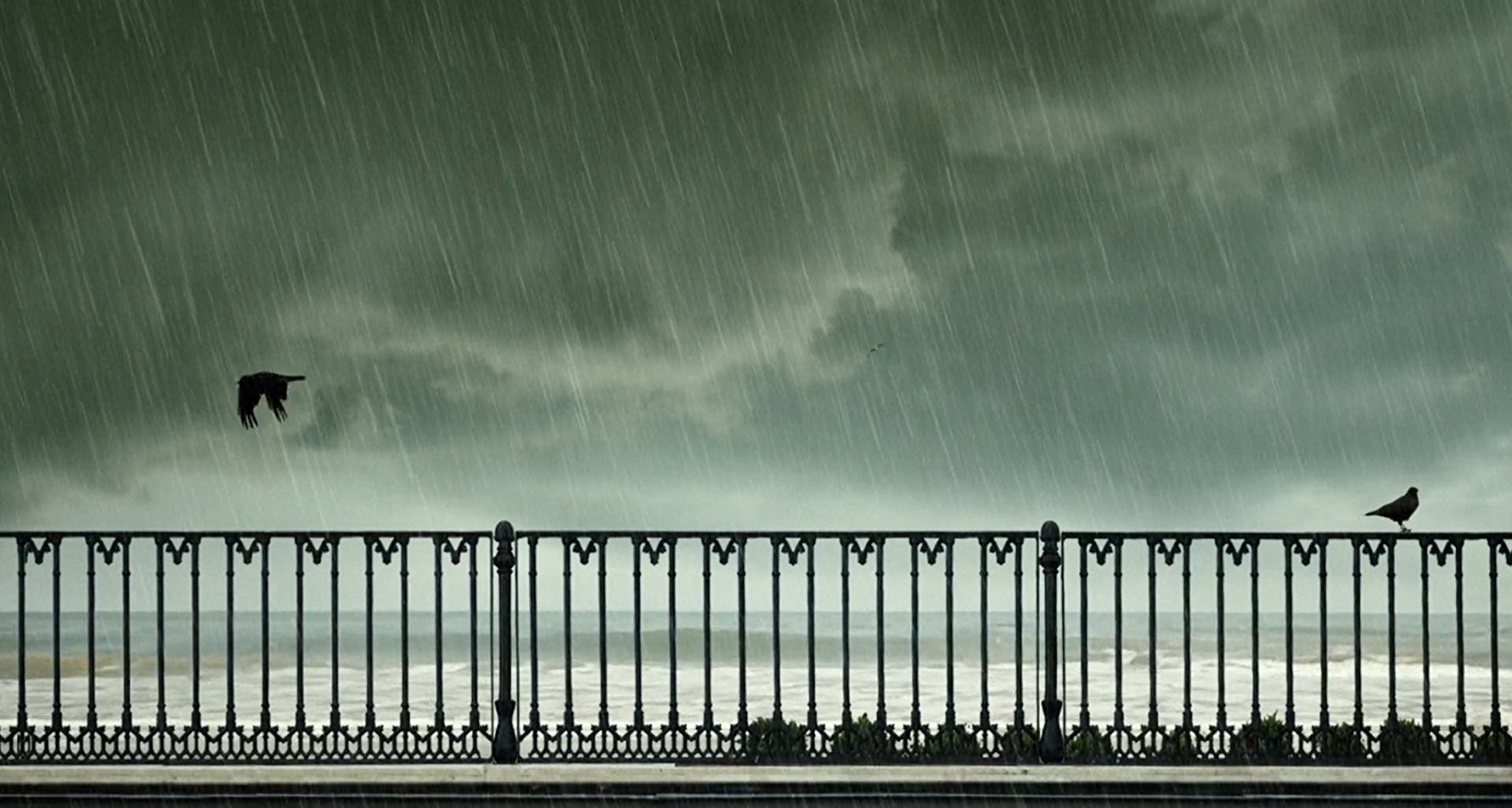
Abbas Kiarostami certainly needs no introduction, but his posthumous film 24 Frames seemed to receive less attention than some of the master’s other brilliant films. 24 Frames tests out an idea that hasn’t really been done before, it takes a series of single frames (many of which are famous paintings) and imagines the motion surrounding them, using effects to bring this imagined movement to light.
Of course, in using many beautiful paintings, the film doesn’t need to try too hard to extract the beauty and make it its own, but there is something about the experimental nature and the simplicity of the idea that is built upon so carefully by Kiarostami that the film becomes something altogether more impactful. It’s a shame that Kiarostami’s last film would be one of such a unique style, as who knows where he may have gone afterwards. He left behind one of the greatest bodies of work in cinema, either way.
9. Mother and Son (Aleksandr Sokurov, 1997)
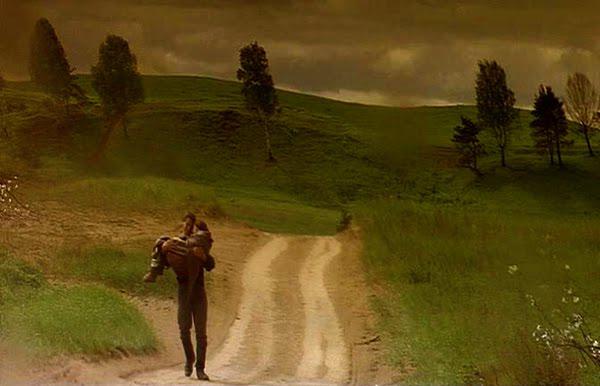
Considering the minimal runtime of little over an hour, Mother and Son works as a good introduction to the work of Aleksandr Sokurov, one of the best Russian directors ever to grace the screen. The film is very minimal, simply showing a son as he looks after his sick mother, the screen covered with a sickly green tinge that only adds to this overwhelming feeling of isolation and pain.
The film is severely depressing, and yet it maintains a beauty throughout with the slowly moving, sometimes repetitive images that become something of a solace to the viewer. By now, Sokurov is a master of slow cinema and still dabbles with it frequently in his most recent work – Mother and Son is one of his best films of a career full of massively impressive work.
10. Norte, The End of History (Lav Diaz, 2013)
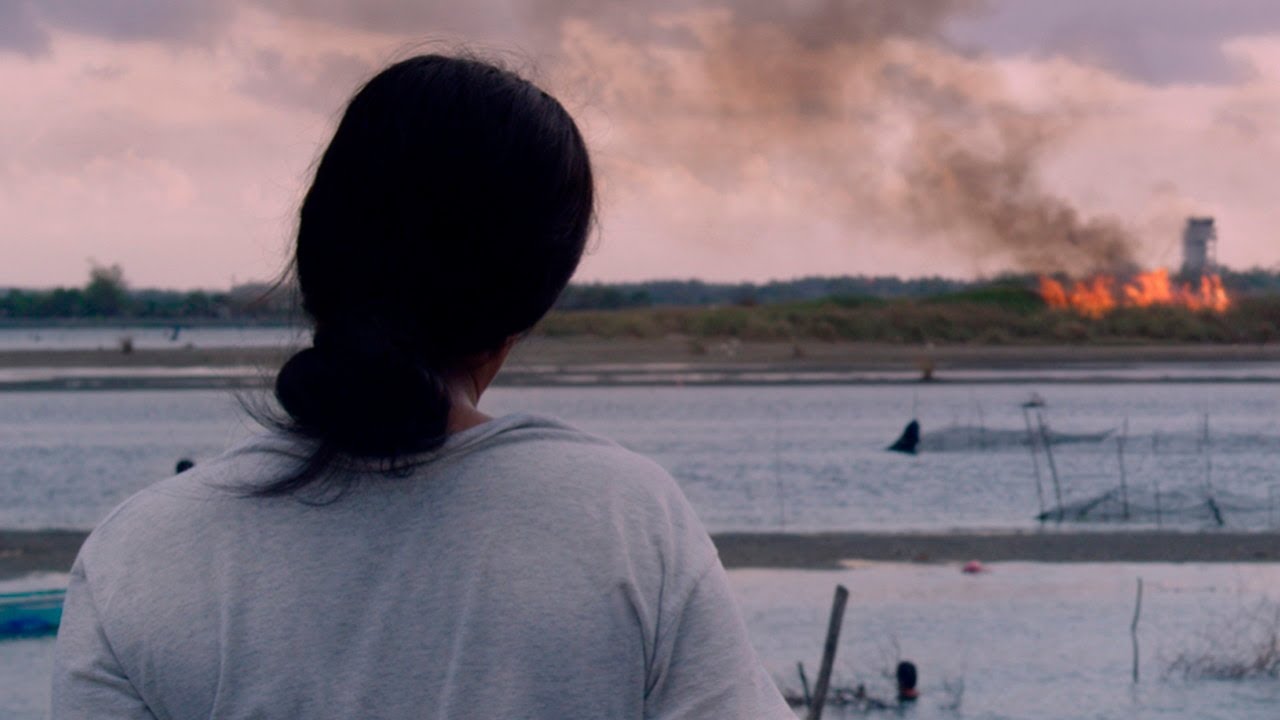
By the time you’re daring to venture into the films of Lav Diaz, it may be safe to say that you can take on most that slow cinema has to offer. However, introducing yourself to Diaz itself can prove difficult, and it seems that most point towards Norte, The End of History as the most suitable introductory film to his style. Extremely long runtimes, minimal cutting, emotionally and intellectually demanding plots – this one has all of the marks of a slow cinema film that can be exceedingly difficult to stay invested in, but the story that Diaz focuses on is so interesting in its study of morals that the film captures the viewer early on and never lets go, even briefly.
Diaz has come close to this level a few other times, but hasn’t quite hit the nail on the head again in terms of making a more accessible film. For those feeling truly brave, try out his eight hour films next, and finish with the grand finale that is Evolution of a Filipino Family, one of the most staggering films that slow cinema has to offer… yet.